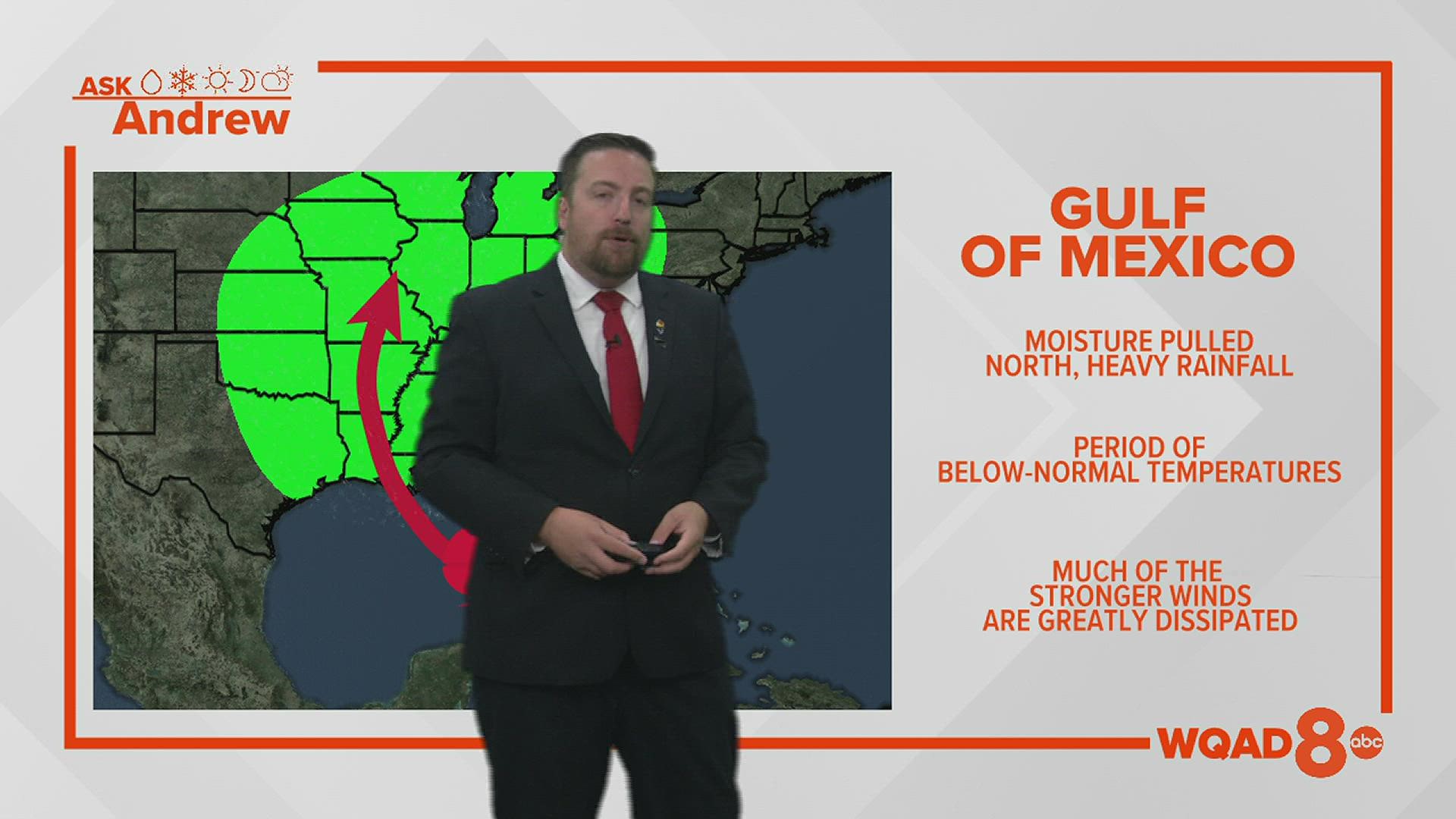MOLINE, Ill. — The 2023 hurricane season will begin in just under a month on June 1 and last until November 30. Colorado State University has already predicted that we will have 13 named storms, six hurricanes, and two major hurricanes. They are forecasting a slightly below average season.
Ahead of hurricane season, the National Weather Service has announced it has upgraded and improved its probabilistic storm surge (P-Surge) model.
The P-Surge model uses probability by generating a range and likelihood of possible storms surge values. It runs in advance of hurricanes and tropical storms.
Storm surge is the abnormal rise in seawater during a storm, measured as the height of the water above the normal predicted astronomical tide. Surge is caused primarily by a storms wind pushing water onshore. It can also cause extreme flooding in coastal areas.
“We are seeing a sharp increase in catastrophic storm surge impacts in our coastal communities,” said Ken Graham, director of the National Weather Service. “Our new capabilities to effectively and accurately model and forecast storm surge is critical to upholding the NWS mission of protection of life and property.”
During hurricanes, storms surge is the deadliest threat. Roughly half of all U.S. deaths from tropical cyclones are due to storm surge. Storm surges can also cause major destruction to properties.
The new upgrade capabilities include:
- New forecasting for surge, tide and waves for Puerto Rico and the U.S. Virgin Islands. Before it only forecasted for the Atlantic and Gulf coasts
- The ability to run the model simultaneously for two storms. This can help during two landfalling storms impacting the continental U.S. or one storm impacting the continental U.S. and another impacting Puerto Rico and/or the U.S. Virgin Islands.
- Improvement in the friction of the water over different types of land surfaces, which can help us understand the extent of water damage along the coast.

